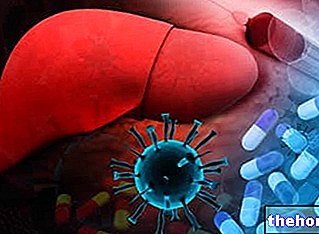
It is a uniquely male disorder characterized by an increase in the size of the prostate.
Hyperplasia is defined as the "numerical increase in the cells that make up a tissue. More precisely, in prostate adenoma the stromal and parenchymal units located in the center of the organ, in the periurethral glands and in the transition zone are involved. As a consequence of the hyperplasia, the formation of nodules occurs which press against the urethra and increase the resistance to the flow of urine.
The most frequent complication of benign prostatic hypertrophy is difficulty in urinating. In turn, this disorder causes a progressive hypertrophy of the bladder muscle (increase in cellular and tissue thickness) and the consequent instability or weakness (atony).
Benign prostatic hyperplasia increases prostate specific antigen levels and the degree of inflammation. However, it is not a cancerous form.
Adenomatous prostatic growth begins at approximately 30 years of age. 50% of men show the first signs at 50. It becomes clinically significant in 40-50% of males.
Among the "over 50", benign prostatic hyperplasia is one of the ten most relevant and economically incisive diseases (statistical value found in the USA).
: the disease is linked to old age, probably due to fibrosis and the weakening of the prostate muscle tissue necessary to expel secreted fluids (which contain predisposing molecules). The lesions of the prostatic muscle fibers (inevitable with old age) are not easily repairable; the tissue is replaced by non-contractile collagen fibers, jeopardizing the expulsion of liquids and favoring "stagnation".
In these researches, men over 60 years old residing in rural areas and having a "mainly vegetable diet" showed a LOWER incidence of benign prostatic hyperplasia than citizens who consume more animal proteins.
A study of Japanese men naturalized in America revealed a strong association between benign prostatic hypertrophy and ethyl alcohol intake. In the same project, the correlation between the disease and the consumption of beef was found to be weaker.
In a prospective study done in the United States (Health Professionals Follow-up Study), the researchers found a modest association between severe benign prostatic hypertrophy and excessive intake of protein and total calories, but not fat.
There is also epidemiological evidence linking prostate adenoma with metabolic syndrome. The prevention of: obesity, hyperglycemia or type 2 diabetes mellitus, hypertriglyceridemia, LDL hypercholesterolemia and hypertension, is to be considered a protective factor against benign prostate adenoma .
, a calorie reduction is required for weight loss.



























